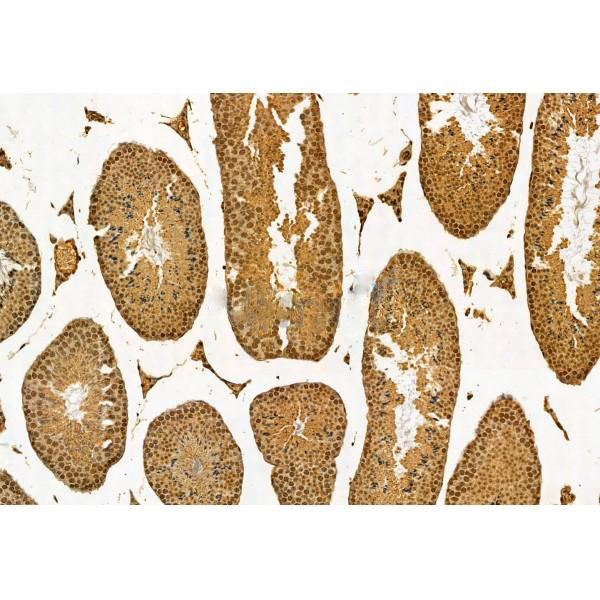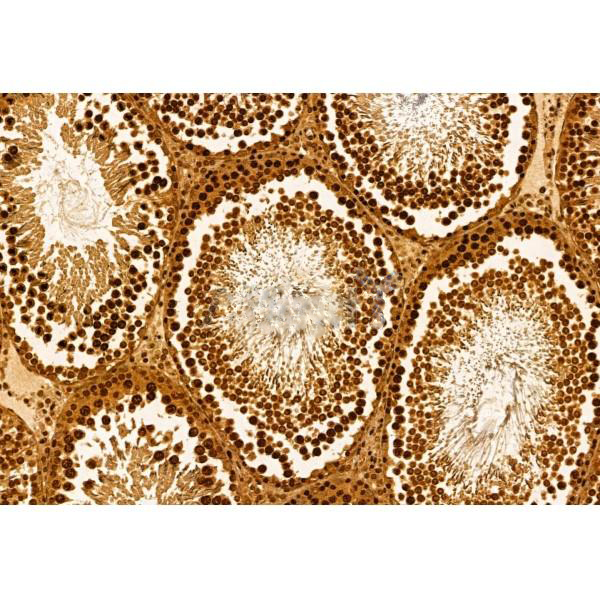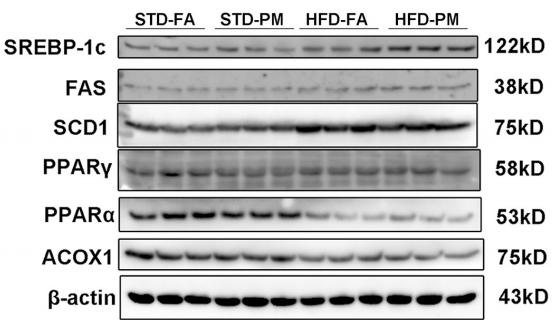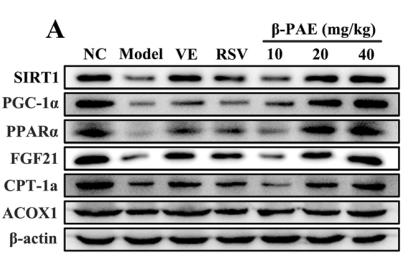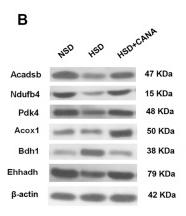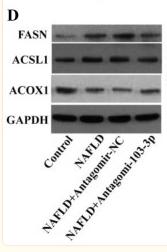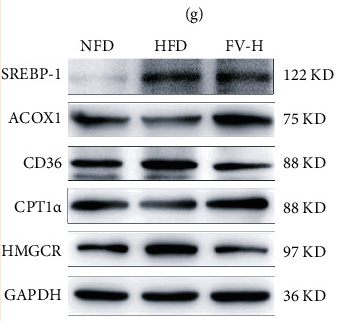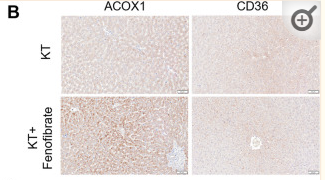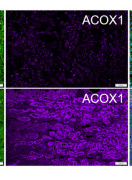ab12667 ACOX1 Antibody
品牌 |
|
|---|---|
产品货号 |
|
来源种属 |
Rabbit |
抗体克隆 |
Polyclonal |
来源亚型 |
IgG |
实验方法 |
WB,IHC |
实验种属 |
Human,Mouse,Rat,Rabbit,Pig,Dog,Chicken,Bovine,Horse,Sheep |
偶联标记 |
Unconjugated |
目的蛋白 |
ACOX1 |
产品规格 |
50μl,100μl,200μl |
产品报价 |
¥1500/¥2750/¥3600 |
实验应用
Western blotting
Recommended dilution: 1:500-1:2000
Immunohistochemistry
Recommended dilution: 1:50-1:200最佳稀释倍数与浓度应由实验研究人员确认
产品说明
产品背景
Catalyzes the desaturation of acyl-CoAs to 2-trans-enoyl-CoAs. Isoform 1 shows highest activity against medium-chain fatty acyl-CoAs and activity decreases with increasing chain length. Isoform 2 is active against a much broader range of substrates and shows activity towards very long-chain acyl-CoAs. Isoform 2 is twice as active as isoform 1 against 16-hydroxy-palmitoyl-CoA and is 25% more active against 1,16-hexadecanodioyl-CoA.Description
Rabbit polyclonal antibody to ACOX1
Applications
WB, IHC.
Immunogen
ACOX1 Antibody detects endogenous levels of total ACOX1.
Reactivity
Human, Mouse, Rat.
可预测:Pig(100%), Bovine(100%), Horse(100%), Sheep(100%), Rabbit(100%), Dog(92%)
Molecular weight
50 kDa; 74kD(Calculated).
Host species
Rabbit
Ig class
Immunogen-specific rabbit IgG
Purification
Antigen affinity purification
Full name
ACOX1
Synonyms
ACOX; ACOX1; ACOX1_HUMAN; Acyl CoA oxidase 1 palmitoyl; Acyl CoA oxidase straight chain; AOX; EC 1.3.3.6; PALMCOX; Palmitoyl CoA oxidase; Palmitoyl-CoA oxidase; Peroxisomal acyl coenzyme A oxidase 1; Peroxisomal acyl-coenzyme A oxidase 1; Peroxisomal fatty acyl CoA oxidase; SCOX; Straight chain acyl CoA oxidase; Straight-chain acyl-CoA oxidase;
Storage
Rabbit IgG in phosphate buffered saline , pH 7.4, 150mM NaCl, 0.02% sodium azide and 50% glycerol. Store at -20 °C. Stable for 12 months from date of receipt.
Swissprot
Q15067
产品图片
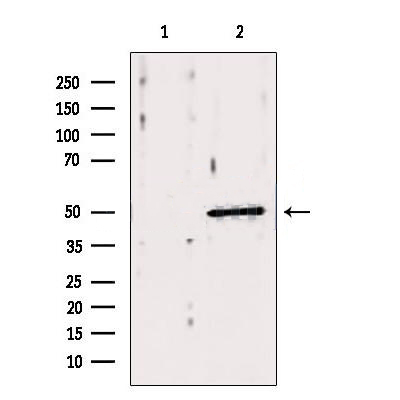
|
Western blot analysis of extracts from mouse brain, using ACOX1 antibody. Lane 1 was treated with the blocking peptide. |

